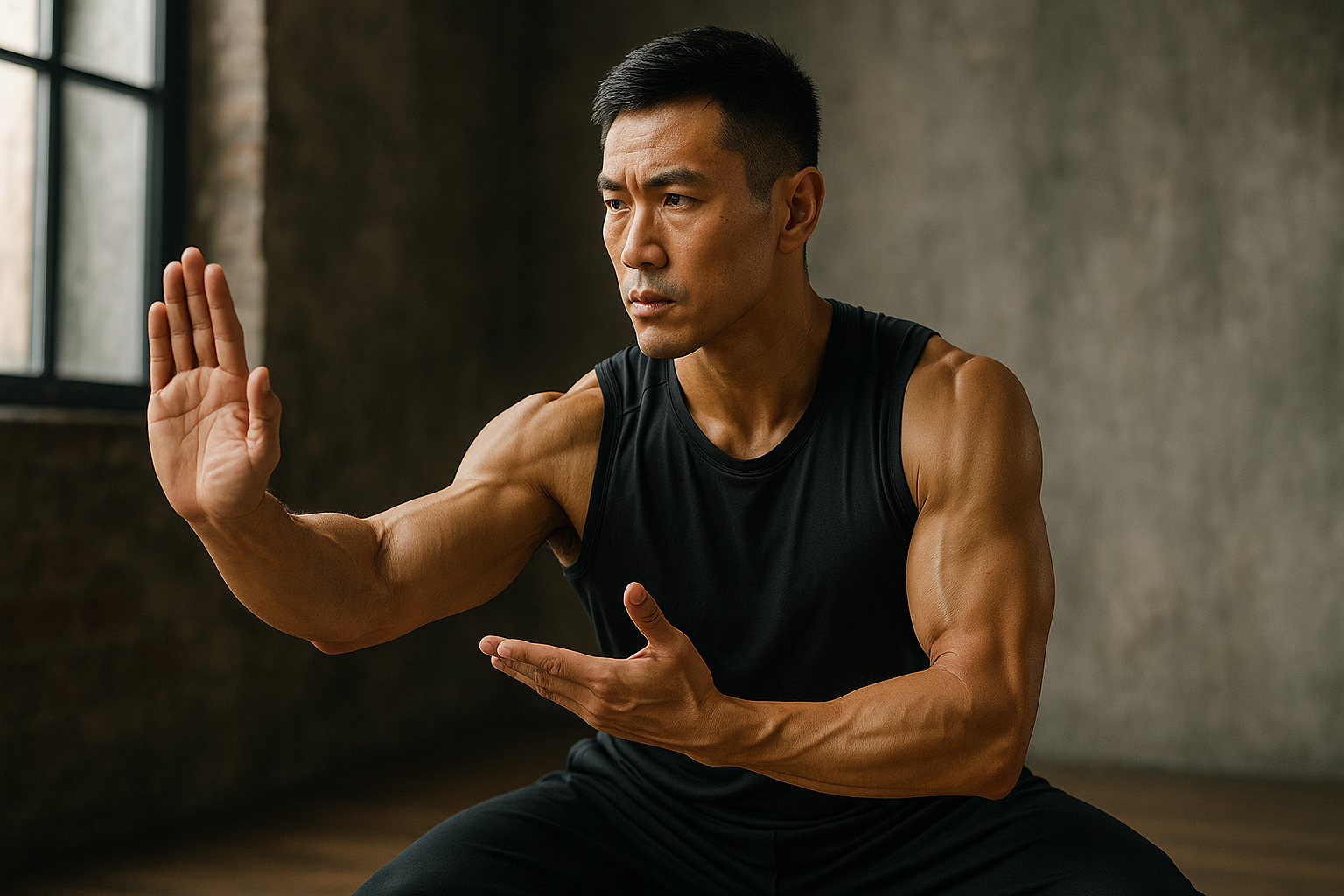Unveiling the Hidden Power in Tai Chi: A Comprehensive Look at Its Athletic Applications
Picture this: a group of athletes, still as statues, moving in slow, deliberate motions, their faces tranquil in the early morning light. This is not your typical high-intensity athletic training, but rather, a Tai Chi session. This ancient Chinese martial art is now being embraced by athletes the world over for its unique blend of mindfulness and movement that contributes to improved performance.

Journey to the Present: A Historical Overview of Tai Chi
Tai Chi was born in China over a thousand years ago, rooted in martial arts, Confucianism, and Taoism. It was initially devised for self-defense, but the health and spiritual benefits it offered soon became apparent. Over centuries, it evolved into different styles, each with unique characteristics and techniques. Today, Tai Chi is practiced by millions of people worldwide, including athletes who are continually seeking new ways to enhance their performance and wellbeing.
Tai Chi in Today’s Athletic World: Current Trends and Insights
In the fast-paced and highly competitive world of sports, athletes are constantly exploring new training methodologies. Tai Chi, with its focus on mind-body integration, balance, and flexibility, is gaining traction. Experts believe that it offers a holistic approach to conditioning that can complement traditional training methods. It’s not uncommon to see football players, swimmers, or gymnasts incorporate Tai Chi into their routine, signalling a shift towards a broader definition of athleticism.
Unfolding the Benefits and Challenges of Tai Chi in Sports
It’s no secret that Tai Chi offers numerous health benefits such as improving flexibility, balance, and cardiovascular fitness. But how does it translate to athletic performance? Research indicates that the mindfulness aspect of Tai Chi can help athletes with focus and concentration, key elements in any sport. The slow, controlled movements can enhance proprioception, the body’s ability to sense its position in space, which is critical for precision and coordination in sports. However, the challenges cannot be ignored. The slow pace of Tai Chi may not appeal to all athletes, and mastering it requires patience and commitment.
Tai Chi in Action: Real-world Applications in Sports
There are already numerous examples of Tai Chi being successfully integrated into athletes’ training programs. In football, for instance, players have used Tai Chi to improve their balance and proprioception, making them less likely to suffer injuries on the field. Swimmers have found it beneficial for enhancing their breathing technique and relaxation in the water.
As Tai Chi continues to weave its way into the fabric of global sports, it serves as a reminder that sometimes, slowing down can actually help us move faster. This ancient practice, steeped in tradition, is a testament to the enduring search for athletic excellence, offering a unique blend of physical training and mental conditioning.




